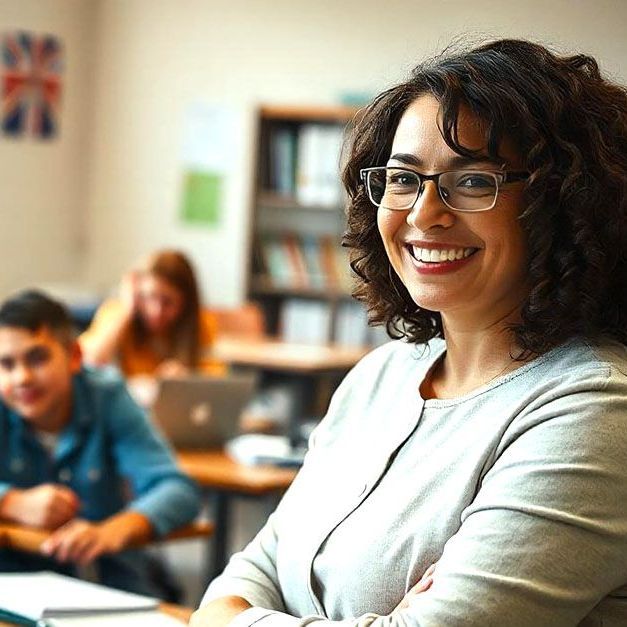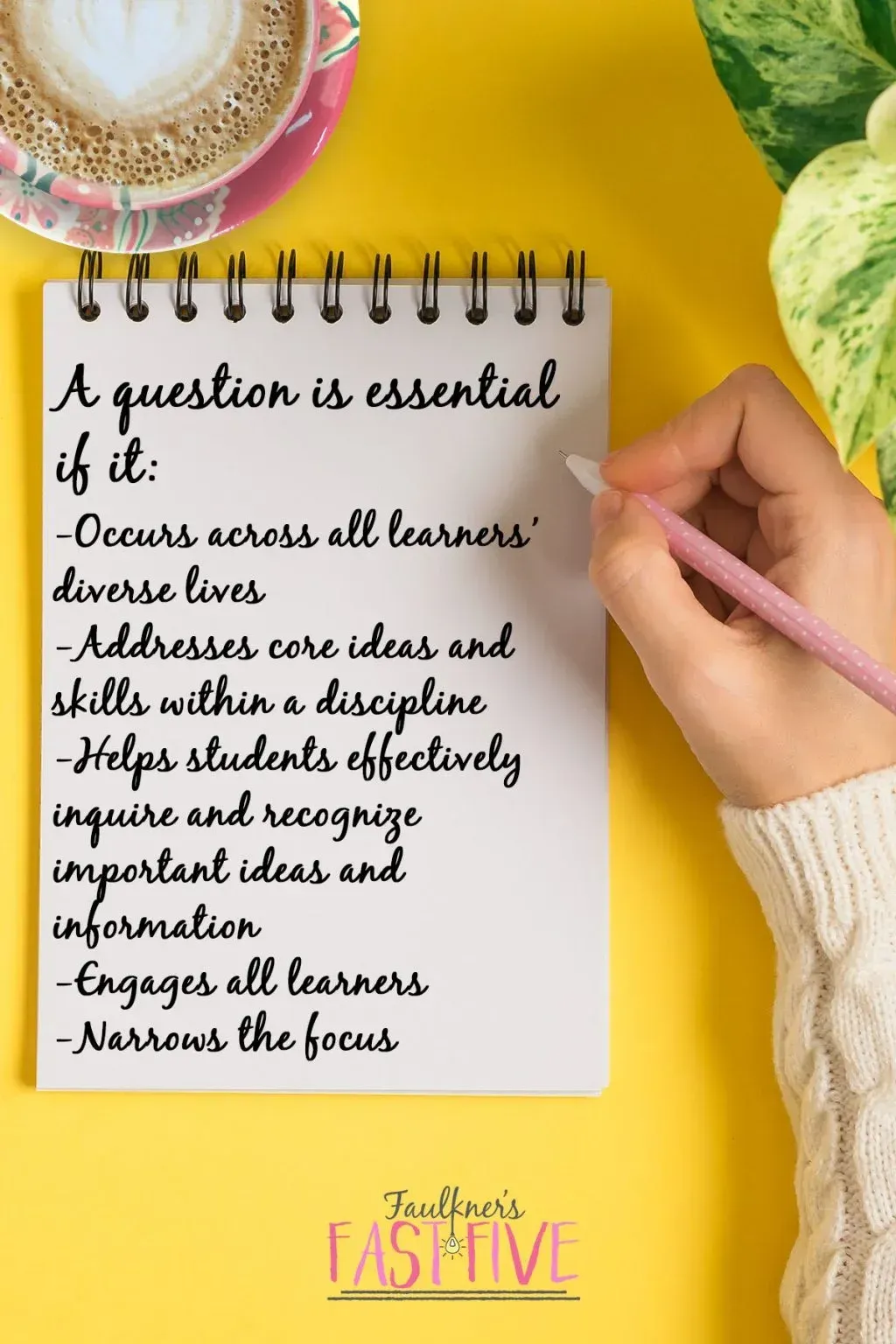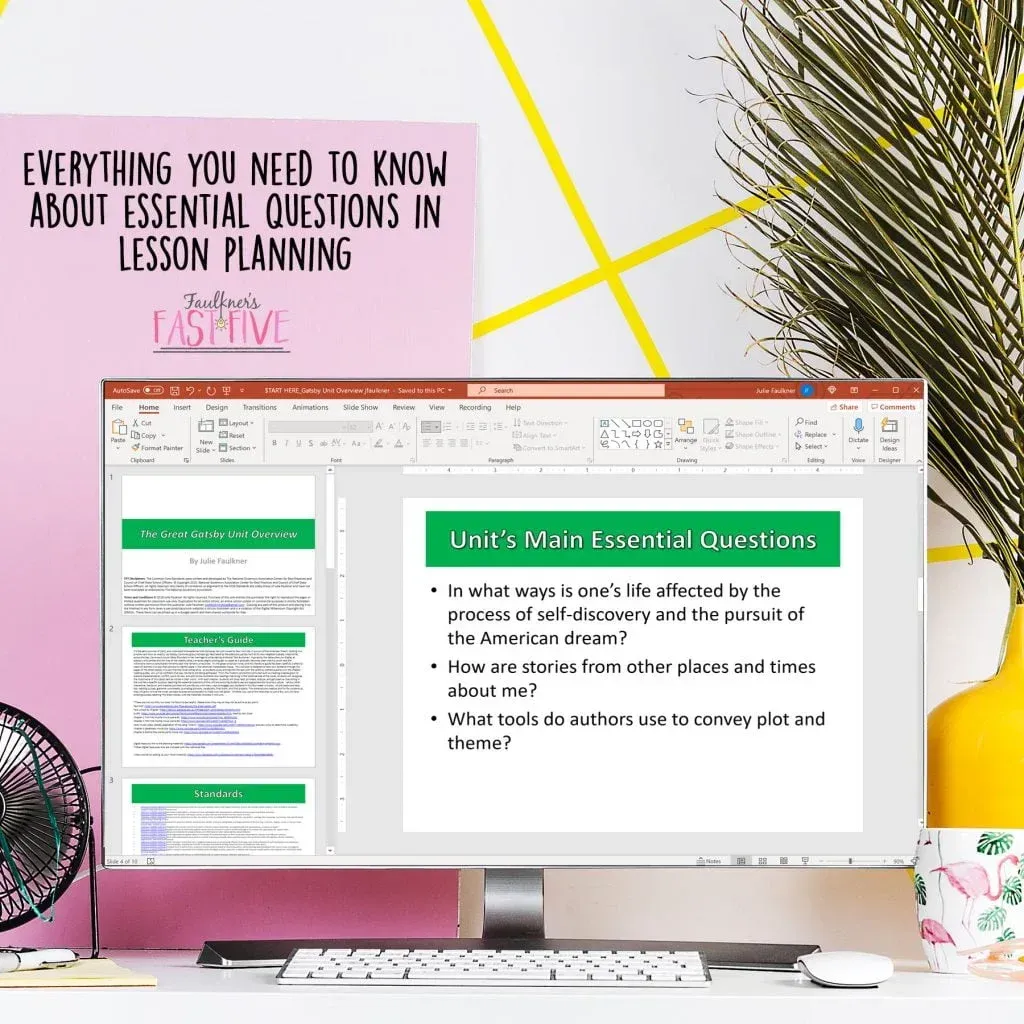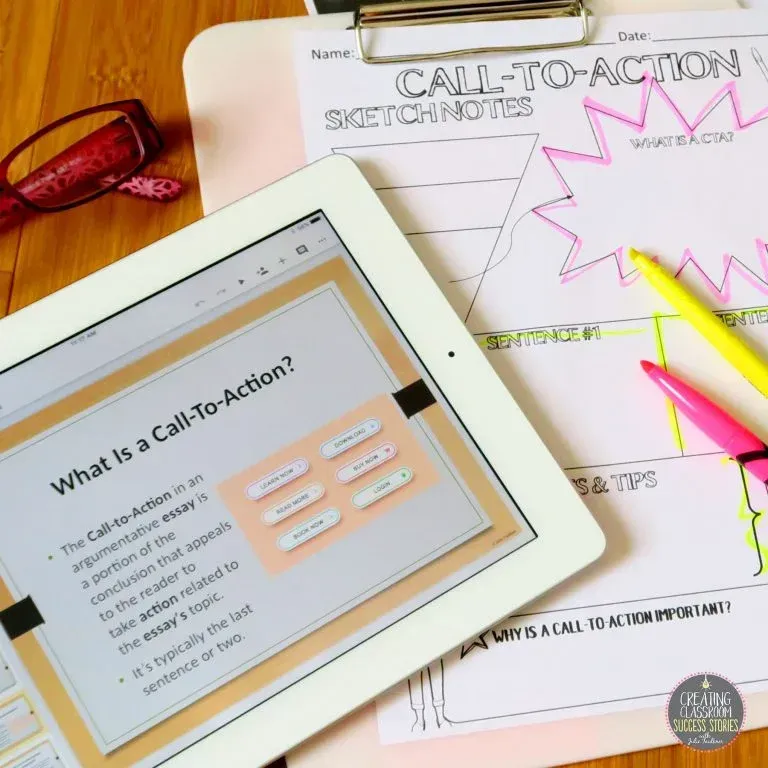Everything You Need to Know About
Essential Questions in Lesson Planning
“If you don’t know where you are going, you might wind up someplace else,” Yogi Berra. We talk a lot about movement, growth, and going places in education, so it only makes sense that the analogy I’ll use for explaining essential questions and lesson planning stems from my obsession with old red trucks, right? Nonetheless, the essential question(s) should be IS the “driving force” of your lesson plan. In this post, I’ll share everything you need to know about essential questions in lesson planning.
WHAT IS AN ESSENTIAL QUESTION?
Essential questions are based on concepts that students should understand by the time they complete the lesson. Concepts are taken from and prompted by the standards. The purpose of essential questions is to drive the lesson being taught and provide a framework of focus. Essential questions present the big ideas/inquiries of an instructional lesson. Essential questions are necessary at the unit level and at the individual lesson level, as well. They are necessary for all subjects and grades.
WHY DO YOU NEED ESSENTIAL QUESTIONS?
The essential questions will assist in the grand design of the lesson. If you are like me when you plan, you often have way too much material, too many ideas, and way too many pieces. I often need to eliminate and focus. Writing essential questions helps me do that. Essential questions also generate enthusiasm and sustain inquiry that invites deep, critical thinking.
HOW DO YOU WRITE AN ESSENTIAL QUESTION?
Preferably, essential questions should provoke a thoughtful, informed answer. You’ll want to avoid questions that can be answered with a simple “yes” or “no” or one-word response. Thus, essential questions are open-ended and can have variations of correct answers. Consider starting questions with “how,” “why,” “when,” or “what” rather than “is” or “who.” Choose 1-5 questions. You can and should have overarching (thematic) and topical (skill-based) questions. They might also be universal or very specific.
Example from my The Great Gatsby Novel Plan:
- Not open-ended: Is this story from another place and time relevant to me?
- Revised to open-ended: How are stories from other places and times about me?
In the graphic below, the first two questions are more thematic, while the last one is specific to my English standards.
Other essential questions examples:
- In math, rather than “Is there a pattern,” revise to “How can we identify patterns” and “What do the patterns, or absence thereof, reveal?”
- In English, rather than “Is this story fiction,” revise to “How can fiction also be true?”
- In history/social studies, rather than “Is fighting bad,” revise to “What makes a cause worth fighting for or not?”
- In science, rather than “How do we measure xzy,” revise to “In what way(s) does what we measure affect how we measure?”
HOW SHOULD YOU USE ESSENTIAL QUESTIONS IN CLASS?
Essential questions not only guide me as I create and teach lessons, but they can also be used to help students. Show the essential questions to students at the beginning of the lesson or unit, so students know the “why.” There is so much more clarity when they know the reason for the learning and where the learning is going. Then, have them reflect and answer those exact questions at the end of the lesson; this is key in really getting the most out of your essential questions because essential questions recur over time. They can and should be revisited again and again.
In the picture below, you can see the question at the bottom of the sketch notes for my call-to-action lesson. After we take the notes and work through the exercises, I have students come back to that essential question and answer it in their own words. It is a perfect review and launch after the lesson.
Essential questions can also be used to design the culminating assignment at the end of a unit. In The Great Gatsby example from above, for the culminating project, we look at the students’ own American dreams. They research their college or career path and make a presentation on how they will achieve those dreams. Thus, the essential question drove not only questions about the novel content itself, but also led us to the final project that related to students’ lives and covered even more skills.
WHAT ARE SOME READY-TO-GO PLANNING TOOLS?
Writing essential questions is something that takes time and practice, certainly, so it’s not easy to provide a ready-to-go resource or all-inclusive list of essential questions that would work for every situation. The process of writing the essential questions, though, makes me a stronger and more focused teacher. It really pushes me to ask myself what really matters and why I’m teaching what I’m teaching. That said, I do have some planning tools that might be helpful for you when you are “buckling down” to plan your units and lesson:
- Free lesson planning template
- Video tutorial for teachers on structuring a lesson plan on IGTV or Teachers Pay Teachers
- Entire catalog of teacher planners
- Tips for Planning a Unit Blog Post
Love this content?
Sign up for my email newsletter with more tips, ideas, success stories, and freebies!
















